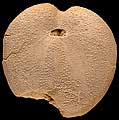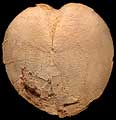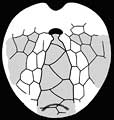The Echinoid Directory
Giraliaster Foster & Philip, 1978, p. 804
| Diagnostic Features |
|
|---|---|
| Distribution | Late Cretaceous (Maastrichtian) to Late Oligocene, Australia, New Zealand and Antarctic. |
| Name gender | masculine |
| Type | Giraliaster jubileensis Foster & Philip 1978, p. 805, by original designation. |
| Species Included |
|
| Classification and/or Status |
|
| Remarks |
|




